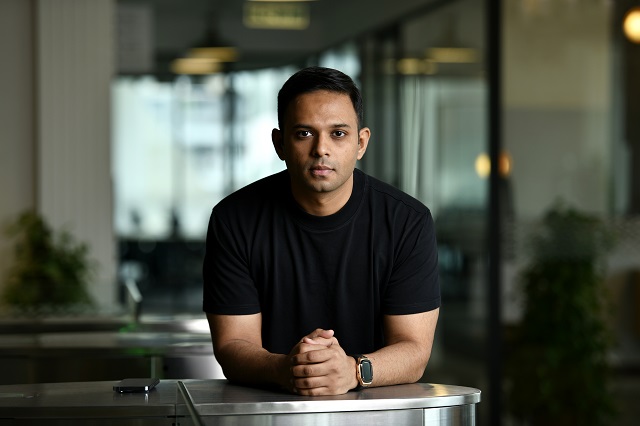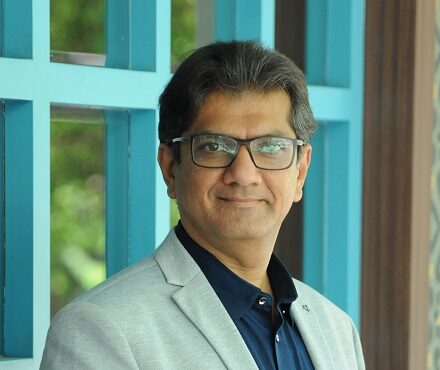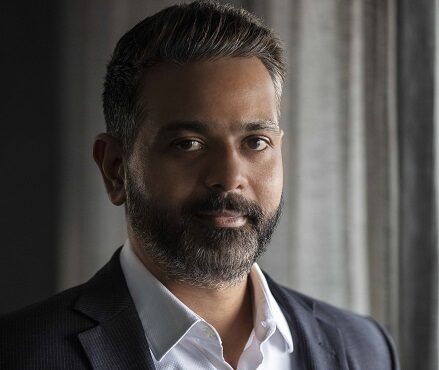
CXOToday has engaged in an exclusive interview with Nihar Parikh – Founder, 4point0 Health Ventures
- How are technology and innovation shaping the healthcare landscape in India?
The pandemic has improved awareness around the importance of health, resulting in increased utilization of digital health services and driving the growth of our health-tech sector. In fact, in India, 2022 was the second-highest year of health-tech funding in the past decade, trailing only behind 2021. Numerous health-tech startups are making strides within our country, with over 98% of them still in their early stages.
We are seeing increased adoption of telemedicine and remote healthcare services, enabling people in remote areas to access quality healthcare that was previously inaccessible. Additionally, the integration of AI and data analytics has enhanced the efficiency and accuracy of diagnostics, leading to early disease detection and personalized treatment plans. AI’s potential also lies in its capability to uncover patterns within vast amounts of diverse data. It is helping curate data in healthcare through techniques like natural language processing, image recognition, and data integration.
The emergence of wearable devices in healthcare has facilitated real-time monitoring of patient health parameters, empowering individuals to actively participate in their wellness journey. This has also resulted in the collection of valuable health data, which can provide insights for preventive healthcare strategies and the development of targeted interventions.
2. Are there specific areas within healthcare that offer compelling investment potential? What trends or opportunities do you see in the healthcare sector that excite you?
FemTech is definitely an emerging area to watch out for, with projections indicating a global market worth of $60 billion by 2027. As women make up 45%-50% of the Indian population, their healthcare needs are anything but ‘niche’ and extend far beyond just maternal or reproductive care. This presents a vast landscape of opportunities for generating value. Take breast cancer screening and treatment, for example, where one of the biggest challenges is late detection. Advancements in FemTech, such as the ability to detect thermal changes in breasts, are incredibly valuable solutions that help with early detection.
Another promising avenue is mental healthcare. India has only 0.75 psychiatrists per 100,000 population – clearly, there is a scarcity of registered psychiatrists and psychologists in the country. Artificial intelligence has the potential to enhance access to mental health care and significantly reduce the cost of consultation for patients. Solutions such as mental health apps, virtual reality tools, and AI-driven chatbots are not only making mental healthcare more accessible and confidential, but also fostering a supportive community for those seeking help. AI is also a game-changer when it comes to addressing patient non-adherence – a major challenge in healthcare. By predicting instances of non-compliance, AI can gently remind individuals to stay on track with their treatment plans.
3. What are the biggest challenges you see in the Indian healthcare market, and how do you evaluate potential investments in light of these factors?
The key challenges faced by Indian healthcare today include a lack of patient knowledge and adherence, low quality of products and services, and high out-of-pocket expenses. We invest in early-stage companies that are creating solutions for any of these. Till date, we have invested in six emerging health-tech companies operating in areas such as smart health monitoring, digital therapeutics, D2C men’s health and wellness, and OPD & IPD insurance.
4. How do you see the Indian healthcare market evolve over the next five years, and what role do you believe startups will play in this changing landscape?
The healthcare and life sciences sector in India has emerged as a top draw for investors, with more than USD 17 billion invested in VC and PE deals over the last five years. Notably, the Indian healthcare sector itself is valued at approximately USD 370 billion. What’s particularly intriguing is the ongoing transition from curative care to preventive care, alongside a noticeable shift from communicable illnesses to chronic and lifestyle-related health conditions.
We firmly believe that startups hold the key to not only educating but also effectively managing such health challenges. This paradigm shift is not limited to major cities but is also making significant strides in Tier II and Tier III cities, with both startups and established institutions actively contributing to the landscape.
While the utilization of telemedicine has somewhat normalized post-COVID-19, we anticipate a resurgence in its usage as the demand for specialized care grows. This resurgence presents a promising opportunity for companies that can bridge the gap in accessibility. The market offers ample prospects, not just for disruptive innovations but also for incremental solutions that address crucial factors such as awareness, accessibility, affordability, and the strain on healthcare infrastructure.
Furthermore, we see many favourable factors bolstering the sector in the long run, including heightened awareness, increased government support, a surge in chronic health conditions, and a rise in per capita income, resulting in higher healthcare spending allocations.
5. What is your advice to health-tech entrepreneurs who are building in India?
Turning an innovation into reality often hinges on securing patient capital – funding that supports the unique journey of healthcare innovation. Health-tech entrepreneurs should keep in mind the following key practices:
– Forge strategic alliances: India’s healthcare landscape is incredibly complex and involves many stakeholders. Thus, startups need to be able to navigate this intricate ecosystem and engage with all stakeholders involved. You should be able to approach the problems you aim to solve from various perspectives, including those of patients, clinicians, and regulatory authorities.
– Think long-term: Building anything in healthcare takes time and patient capital investors are looking for startups with a long-term vision. Show scalability and the potential for significant impact, whether it’s by addressing chronic conditions or improving healthcare infrastructure.
– Clinical validation: It’s important to showcase evidence that your product works in the real world. Focus on well-conducted clinical trials and real-world data to demonstrate your solution’s effectiveness and impact on patient outcomes.
– Ensure data security and privacy: Given the sensitivity of healthcare data, prioritize robust data security and privacy measures. These solutions will provide reassurance that patient data is handled with the utmost care and compliance with all relevant regulations.
6. What are the company’s future investment plans?
We aim to become the go-to VC firm for entrepreneurs building in the health-tech domain. As there continues to be a global shift from curative to preventive healthcare, we are focussed on the evolving D2C health and wellness sector, which is projected to experience an exponential growth trajectory – given that around 60% of India’s healthcare expenses are paid out of pocket. We also remain bullish on the insurance sector, which is highly under-penetrated even today.
The area of medical devices is catching our attention as well. In the past, we have not seen a lot of companies building in India for the world, but that is changing with hardware innovation greatly complimenting software. We like verticalized plays – companies that are able to identify niches and build solutions specifically for those problems. This includes direct-to-consumer models, single-care hospitals, and clinics catering to specific needs.
We recently attended HLTH 2023 in the US, where we observed teleconsultation companies narrowing their focus to specific health areas, playing to their strengths rather than trying to cater to multiple health conditions.
Another area we’re closely monitoring is AI radiology. While many solutions are being built for individual modalities and conditions, the space is yet to see a significant breakthrough. However, we anticipate substantial growth in this sector soon, given the low ratio of radiologists to patients worldwide – Europe has 13 radiologists per 1 lakh patients, the UK has 8.5 for 1 lakh patients, Malaysia has 3 per 1 lakh patients and India has just 1 per 1 lakh patients.








